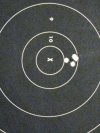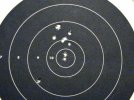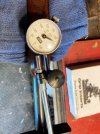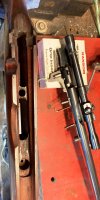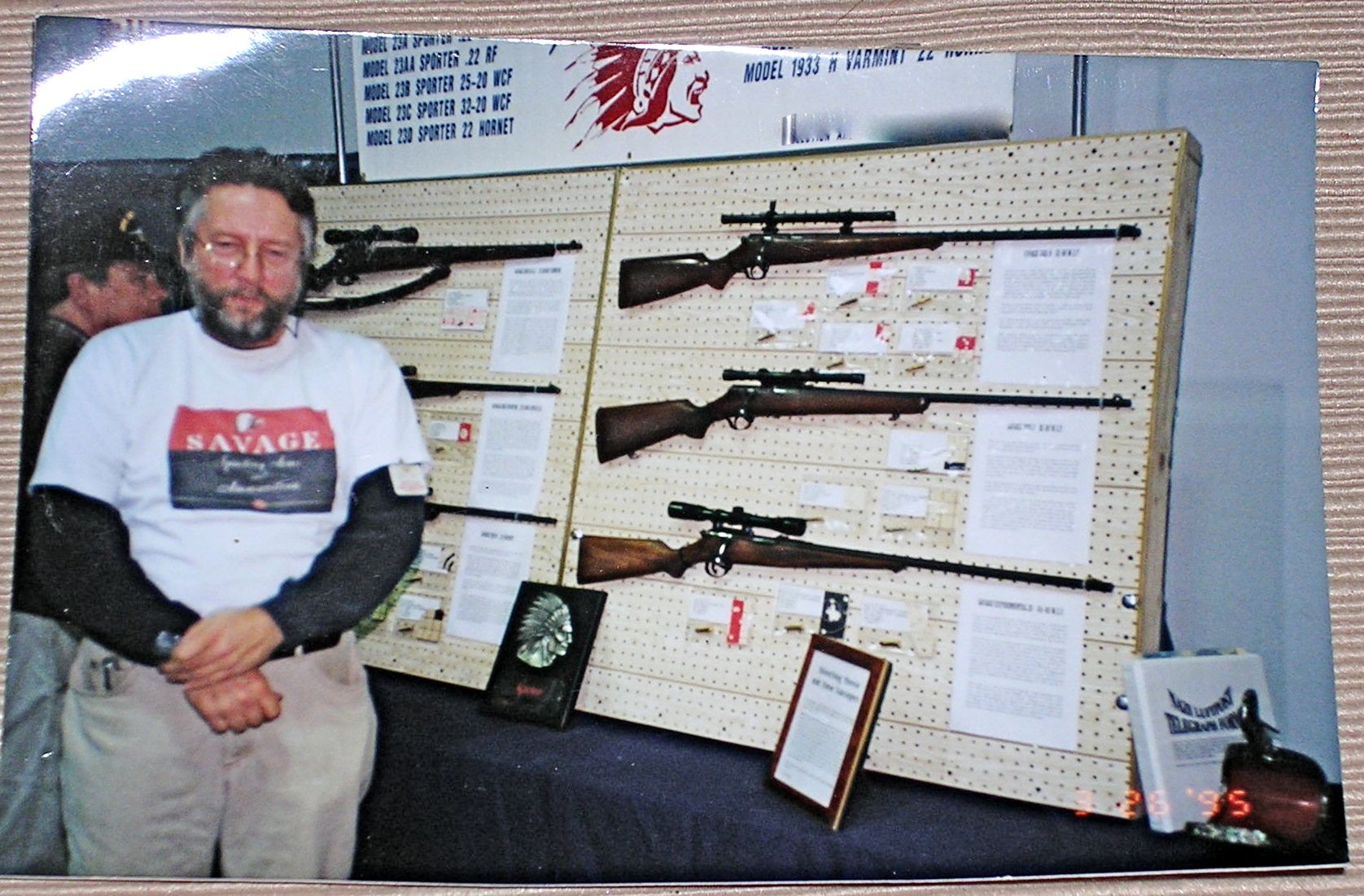RicinYakima
High Steppes of Eastern Washington
For the last five years I've only shot the little Hornet with cast bullets at sage rats and grey diggers at about 50 yards. Looking for another box of cases, I found 30 rounds of jacketed bullets I had loaded maybe ten years ago. I needed to shoot them up before they got moldy and yesterday was the day.
The Savage 23 series of rifles have the action and barrel made from one piece of round stock. The action is held down with one screw just behind the magazine well. The recoil lug is a round piece dovetailed to the bottom of the barrel and sets in a round hole in the forend, and also controls back and forth movement in the stock. This lug is threaded and a screw clamps the forend to the barrel.
I have nine of these little critters (habit forming when you could buy them for $150) in all the calibers from 22 LR to 32/20. The 22 LR and the centerfires with cast bullets going about 1200 f/s are very consistent shooters, for an entire afternoon. However, the Hornets, 25/20's and the 32/20's are only good for about 5 shots until things go wonkie on you. Then you have to let them cool down for a long while, until the barrel isn't even warm to the touch. Walking varminting is OK as I only get one shot every 10 minutes or so where I could hunt.
I've tried every bedding trick I ever heard of but nothing seems to change this with any of the centerfire calibers. So, any thoughts from you folks out there?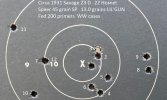
The Savage 23 series of rifles have the action and barrel made from one piece of round stock. The action is held down with one screw just behind the magazine well. The recoil lug is a round piece dovetailed to the bottom of the barrel and sets in a round hole in the forend, and also controls back and forth movement in the stock. This lug is threaded and a screw clamps the forend to the barrel.
I have nine of these little critters (habit forming when you could buy them for $150) in all the calibers from 22 LR to 32/20. The 22 LR and the centerfires with cast bullets going about 1200 f/s are very consistent shooters, for an entire afternoon. However, the Hornets, 25/20's and the 32/20's are only good for about 5 shots until things go wonkie on you. Then you have to let them cool down for a long while, until the barrel isn't even warm to the touch. Walking varminting is OK as I only get one shot every 10 minutes or so where I could hunt.
I've tried every bedding trick I ever heard of but nothing seems to change this with any of the centerfire calibers. So, any thoughts from you folks out there?

Last edited:

